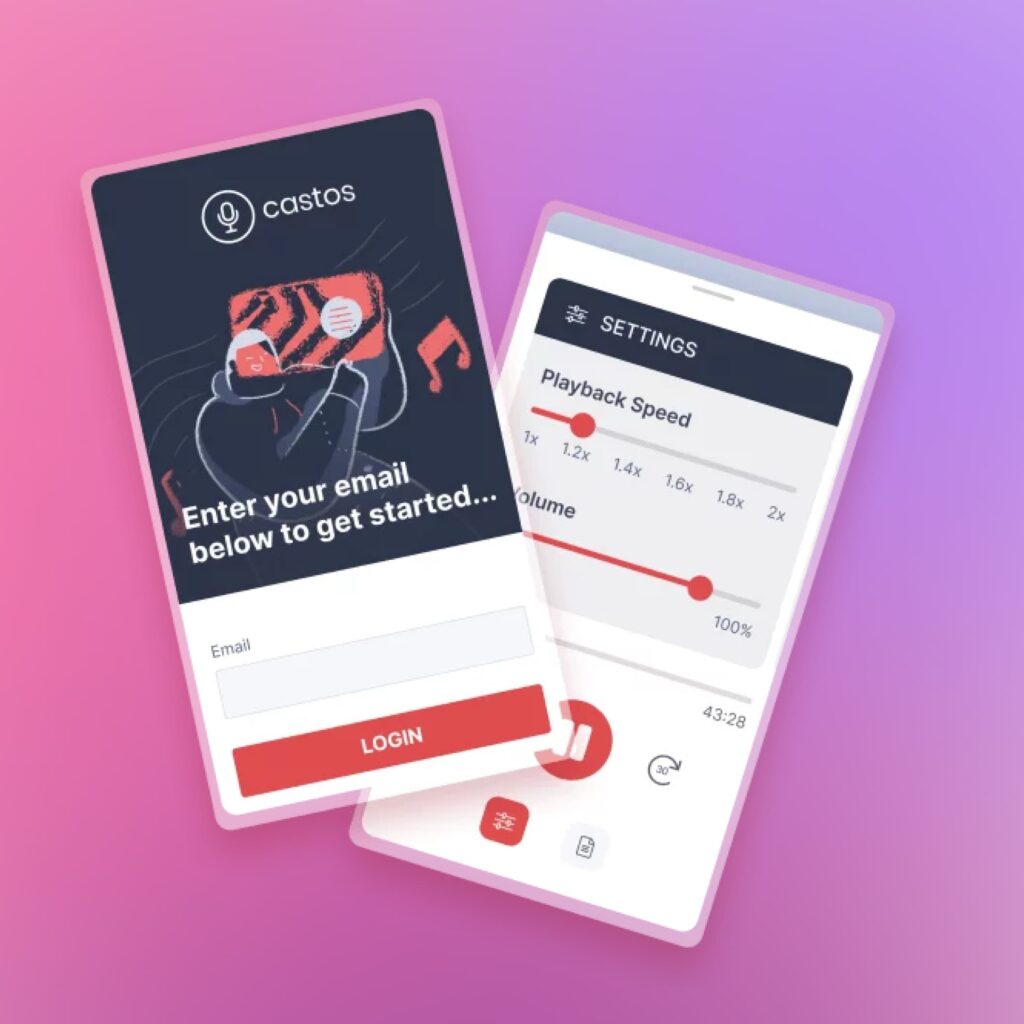Blog
E-learning Platform: All You Need to Build a Successful Platform

The future of education could be remote, blended, or back to the way it was in the classroom. Regardless of the environment, for supplemental curriculum, schools will need to find ways to quickly interface with the vast repertoire of information that already exists on authority websites, in a way that engages students and provides educators with a useful assessment of learning. ChatterHigh is a specialist in motivating teens to explore post-secondary, career and labour market websites and curating their interests. Used in career development classes for years, COVID-19 resulted in pivots to become a platform to allow for rapid development of learning modules on any topic, using a unique ‘seek and find’ gamified activity, and to provide parents with a ‘home-version’ of their original activity to help teens uncertain about their options for life after high school. The pivots are not just expanding our application in K-12 (e.g. Florida Dept of Education recently approved the use of our site to deliver their mandatory five hours of mental health education), but now as an agile e-learning platform we have applications in higher education, government and corporate professional development.Lee Taal Founder & CEO at ChatterHigh
E-learning startups
We are witnessing the third wave of e-learning where personalization and scalability of education are the key points that ed-tech start-ups should focus on now.
According to Crunchbase, there were over 4500 e-learning start-ups as of May 2020, including all sorts of online education, varying from simple language applications to course marketplaces.
Scale your development and software with confidence!
Master strategy, roadmap, code execution and start to ship more on each sprint.
A decade ago, publishing video, PDF, and audio materials online was enough to be called an e-learning start-up. In 2020, with thousands of applications and course marketplaces competing, much more is required to stand out and out-compete other businesses in virtual education.
How can technology help your e-learning business perform better?
A decade ago, we were just beginning to scratch the surface of the ways we can use technology to connect with others, share information, and learn new things. Today, e-learning is more accessible than ever before thanks to technological innovations and social media. To me, a successful e-learning company doesn’t just present educational content electronically but goes the extra mile to make the experience immersive, effective, and enjoyable. This belief is part of what led me to create language learning platform, Drops, with my friend and co-founder, Mark Szulyovszky. We built Drops as a game from the ground up, combining swipe-only interaction, spaced repetition, and visual mnemonics with game theory to teach languages in a way that is fun, accessible, and engages multiple areas of the brain at once. Language learners increase their focus and effectively memorize key vocabulary all within a quick and fun word game. By associating simple-but-beautiful illustrations with every word, we make language learning a very accessible and visually pleasing experience.Daniel Farkas Co-founder and CEO at DROPS
Technology trends in e-learning
1. Personalized learning path
In 2020 the e-learning industry gave learners more personalization, flexibility, and independence to decide on their learning process.
Embracing technology that enriches content delivery is pivotal in tailoring e-learning experiences to individual needs. Leveraging AI for text-to-video conversion allows courses to offer diverse content formats, catering to various learning preferences. Moreover, the accessibility of learning content can be significantly enhanced by utilizing tools for adding subtitles manually and generating them automatically, ensuring all learners, including those with hearing impairments or non-native speakers, can fully engage with the material.
Learners choose how they consume a course, what form of assessment they want to take, and how fast they want to complete it. With many different learning styles, e-learning platforms have to provide learners with a choice of multimedia content for a user to pick the one they prefer.
Collecting information and understanding how learners use the platform is necessary to tailor the course to the individual needs of users, making many different outcomes of the e-learning experience possible. Technology extensions will help track the interactions of your users with the platform, project their next steps and, as a result, build more accurate course recommendations.
In the short-term, the online education platforms that provide a collaborative learning experience in the form of video conferencing will differentiate themselves from their competitors. We see a common criticism of online e-learning with regards to the challenges in providing the same kind of collaborative experience that students get from in-person learning (such as universities). The online learning platforms that can incorporate video conferencing around topics and themes, bringing students and instructors into a collaborative environment, will be most competitive in the future.Justin Brown Founder at Ideapod
2. Online collaborative learning
The group’s power–exchanging ideas, feedback, and creating discourse during the learning process – is now possible online. Peer-to-peer learning is a strong tool, integrating a social aspect, and it is an indispensable element for transferring traditional learning into a digital form.
By interacting with learning content together and engaging in discourse, students can have more fun, learn faster, and get much more out of every lesson by introducing more flexibility into the process of learning. By including facilitators – both real lecturers or just text tips – mediation of work in groups can now be possible online.
3. Interactivity of materials
E-learning is becoming more interactive with courses designed to engage a learner. One tool for achieving this is interactive video. There are many ways that interactive video can help improve the efficiency of learning – for example, by using such elements as “click to reveal”, and hotspots and by introducing inline checks, end-of-video assessments, or quizzes during and after the video. Branching pathways are also widely used in interactive videos. They lead to a different part of the video, being triggered by a learner’s decision and helping users practice in a safe environment.
The advanced technologies we have at our disposal are extremely exciting because they help us to take learners’ experiences to a different level. We’re already seeing artificial intelligence and machine learning helping us to understand user behavior and suggest appropriate content for learners to consume next. Data analytics will also continue to support learning providers in finding out pain points faced by learners, making it possible for us to develop solutions more efficiently and enhance learners’ experience. High mobile penetration rates will continue to be a mainstay for the unforeseeable future, giving providers the chance to offer learning solutions at learners' fingertips. The potential of this industry is truly limitless. The pandemic has definitely pushed many corporations to digitalize their training sessions and webinars. We’re happy to have Fortune 500 companies and other forward-thinking organisations partner with us even before the lockdown and circuit breaker measures took place. What we offer are engaging and action-packed digital experiences with Tigerhall’s Thinkfluencers who are the thought leaders in our platform with decades of experience in a certain industry. Our main focus for the future is to really enhance our learner’s experience and continue developing Tigerhall to give them the solutions they need to succeed. For instance, the team is currently close to integrating Live Streams, which will allow users to interact with our Thinkfluencers in real-time. We are also implementing Growth Trails, which will give users a sense of continuation and achievement as they navigate along customised learning paths.Nellie Wartoft CEO, Tigerhall
Students have been looking for homework help online for years. But as schools around the world closed their doors, COVID-19 increased the relevance of such a service. The result is more students online than ever before, confirming what I suspected for a long time: above all else, the Internet is for answers. At StudyGate, students use our service to double check their homework and get an expert perspective. Our competitive advantage is our no bulls**t approach to answers and targeted recruiting of subject matter experts. We offer a safe space that guarantees timeliness and accuracy.Jacob Hallman Co-Founder at StudyGate
Read more


Case study:
Castos
How Castos attracted enterprise clients by developing a mobile app.

Streamlining Operations With Mobile Device Management (MDM) Solutions

The Correct Way to Fix Software Bugs Fast

Unlocking Remote Work Success: Annual Meetups, Tech Debt, and Growth Strategies for 2025

The Essential Legal and Strategic Considerations for SaaS Founders
Create a free plan for growth
Speak to Victor and walk out with a free assessment of your current development setup, and a roadmap to build an efficient, scalable development team and product.
“Victor has been great. Very responsive and understanding and really knows his stuff. He can go the extra mile by tapping into his prior experiences to help your company out. Really enjoyed working with him.”
Founder of Agency360

Victor Purolnik
Trustshoring Founder
Author, speaker, and podcast host with 10 years of experience building and managing remote product teams. Graduated in computer science and engineering management. Has helped over 300 startups and scaleups launch, raise, scale, and exit.
 Lee Taal
Lee Taal  Daniel Farkas
Daniel Farkas  Justin Brown
Justin Brown  Nellie Wartoft
Nellie Wartoft  Jacob Hallman
Jacob Hallman